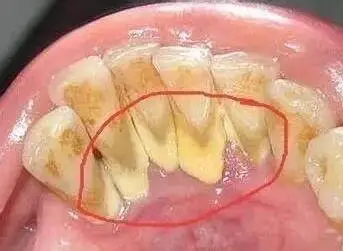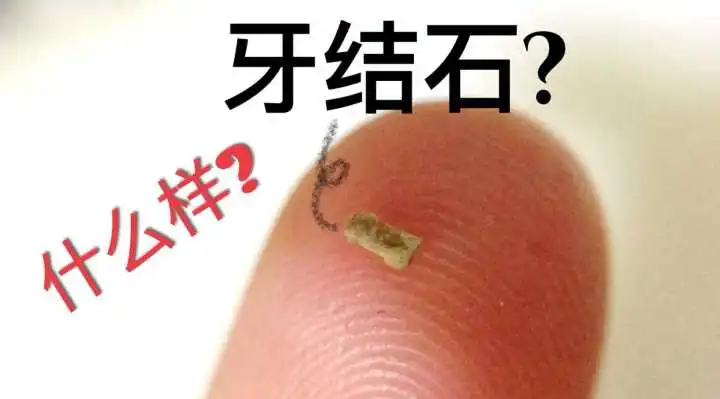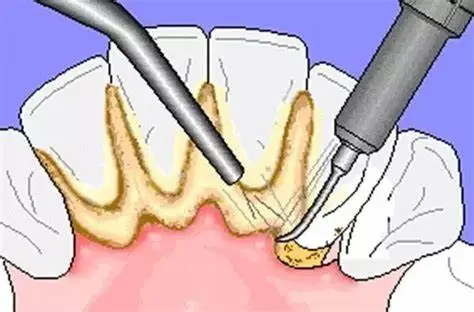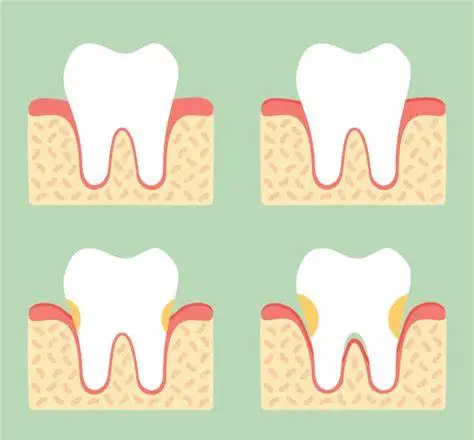 2023.07.27
2023.07.27
Have you ever picked at calculus with your hands?
I've seen people picking at their hands, feet, and doors!
I've never seen anyone picking at calculus. ......
图片稍微有点重口...
What the hell is this calculus? How does it form?
In fact, the beginning of dental calculus is just the bacteria in the breath, after a few hours to form plaque, because do not brush your teeth, plaque slowly precipitate to form a soft scale (is attached to the teeth on the white, soft texture of the stuff, brush it up and easily brushed off), the soft scale, if you do not brush it off in a timely manner, slowly will calcify and harden to form dental calculus.

In fact, loose teeth are not always a function of age, but also related to tartar, and if you have more tartar, you are just as likely to face loose teeth at the age of 18.

The calculus will accumulate more and more because of time, it has no place to go down, it can only go to grab the position of the gums. Gums are stimulated by calculus, extrusion, it is easy to cause gingivitis and even gum recession (gums are very fragile, once the recession is irreversible). After time "precipitation" gingivitis will slowly develop into periodontitis, and then deteriorate, will lead to alveolar bone resorption, teeth will be more and more loose.

What are the grades of dental calculus?
0 degrees
Free of soft tartar and calculus
1 degrees
A little soft tartar or calculus, but not more than 1/3 of the tooth surface
2 degrees
There is calculus, not exceeding 1/3 of the crown surface, with a small amount of subgingival calculus
3 degrees
The calculus does not exceed 2/3 of the coronal surface with more sub-winnings.
Calculus does not usually fall off on its own,but some of it may come loose when it gathers and builds up too much. Some people like to forcefully peel off the calculus themselves,but forcing it off can cause damage around the gums, which can bleed easily.
What are the categories of dental calculus?
supragingival calculus
Also called visible calculus, it is usually the calculus that covers the crevices, cups, and roots of the teeth and is visible to the naked eye.
calculus
Also called invisible calculus, this type of calculus has invaded the lower part of the gums and is usually accompanied by bleeding gums that cannot be seen with the naked eye.
Use the right toothbrush and brushing style to effectively prevent tartar!
razors:
Mainly look at the brush head bristles, the brush head can not be too big or too small, can just cover 2-3 teeth, brush bristle hardness for medium or soft bristles, in order to ensure that the toothbrush cleaning power at the same time on the teeth of the gums softer, rounded top of the bristles, to avoid toothbrush on the teeth and gums of the damage.
Brushing Style:
Pasteurized brushing method, and carefully operated, in order to ensure that each tooth surface has enough brushing time, each brushing time is not less than 3 minutes. To maintain oral hygiene and fresh breath, brush your teeth at least once a day, morning and evening.
If your teeth are prone to food debris after a meal, we recommend flossing and rinsing your mouth with water for 2-3 minutes.
Finally! It's best not to pick at dental calculus!!!!
The best way to remove tartar is to have your teeth cleaned regularly!









